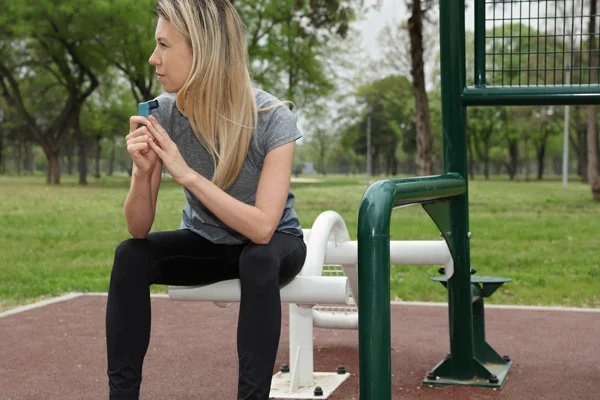Wet season asthma
As many allergy and asthma sufferers know, the weather can play a direct role in the severity and length of your symptoms. A mild winter can signify an early allergy season, since trees and grass tend to pollinate earlier. Dry, windy weather spreads pollen quickly, producing a higher distribution of pollen. Rain and thunderstorms is thought to reduce the pollen count by washing the pollen out of the environment, but more commonly, rain “bursts” the pollen particles, causing a dramatic spike in asthma attacks.
During a thunderstorm, the pollen particles get saturated and fracture or “burst”, releasing small particles into the air at a much higher concentration. Grass pollen is usually too large to enter the small airways of the lungs and is filtered out by the nose. This normally causes the typical hay fever reaction of running nose, and watery, itchy eyes. But after a thunderstorm, burst pollen particles are now small enough to be inhaled deep into the lungs. The outflow winds of a thunderstorm also concentrate these tiny particles at ground level, where they can easily enter the airways of small children, and potentially cause acute asthma attack in those who react to pollen.
Symptoms of Thunderstorm Asthma:
Thunderstorm Asthma presents the same symptoms as an acute asthma attack. You will most likely experience;
Wheezing, Coughing, Chest Tightness or Shortness of Breath
You will wake at night with these asthma symptoms
You will need to use your asthma reliever within three hours of the thunderstorm occurring.
As thunderstorms burst pollen particles, which allow them to get deep into your lungs, your asthma symptoms have the potential to worsen very quickly, which can mean:
No relief will be found from taking your asthma inhaler
You continue to have severe shortness of breath, can’t speak comfortably or your lips appear blue.
How Is Thunderstorm Asthma Treated?
Taking your asthma reliever, even when you are feeling well, can help prevent acute asthma attacks from occurring after thunderstorms. If an asthma attack does occur during or after a thunderstorm, treatment is the same as any other acute asthma attack.
In addition to asthma medication, there are non-medical steps you can take to lessen the affect of rain on your allergies. Limiting your exposure to pollen is key. You can try:
Closing all windows in the car and home
Run a fan at home to circulate the air and pollen granules
Take a shower every night to ensure all pollen particles are washed off your skin and not transferred to the lounge/bed.
For more information contact our First Aid Trainers on 4098 1228 or email us.
IN CASE OF EMERGENCY DIAL 000
Get in touch
If you have any questions regarding any of the courses on offer, please do not hesitate to contact us. Call us on 07 4098 1228 or get in touch today.











